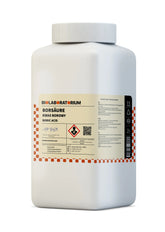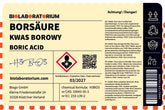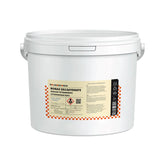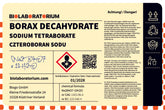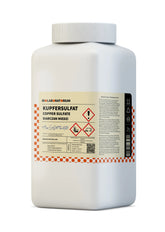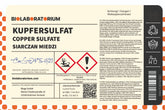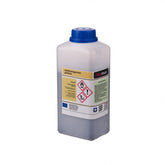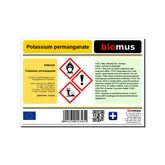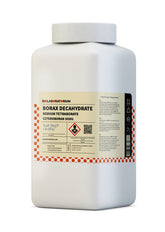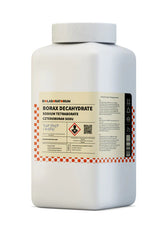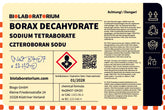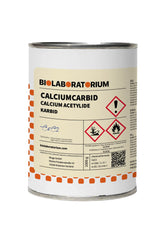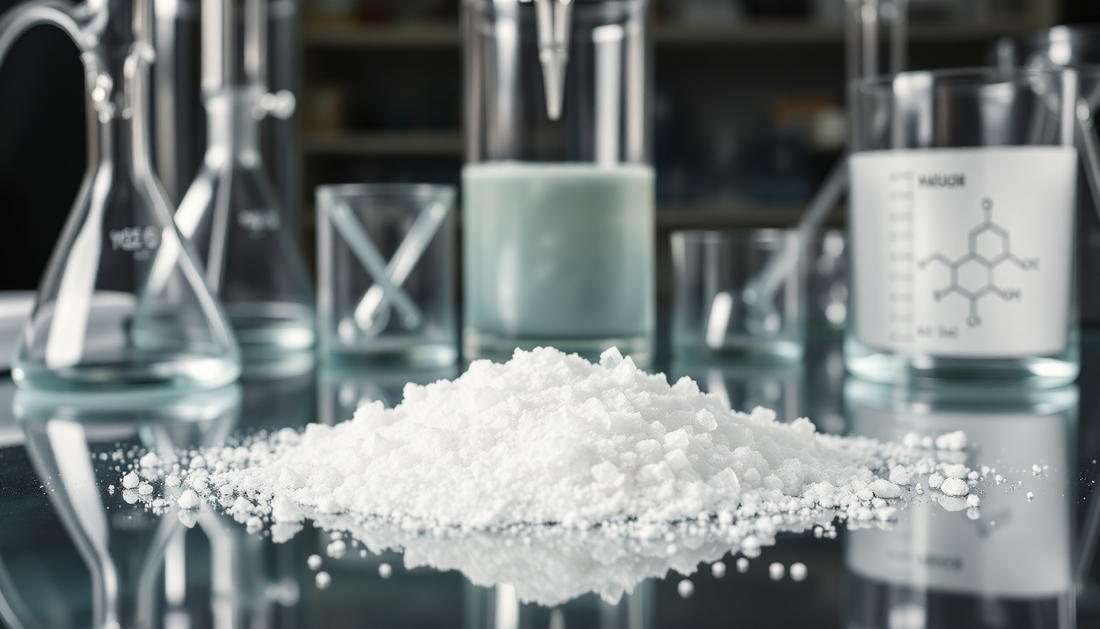Ammonium bicarbonate – a classic compound with unusual decomposition properties
Ammonium bicarbonate, also known as ammonium hydrogen carbonate or NH₄HCO₃, is a chemical compound that finds application in many areas. Although it is a relatively simple compound, ammonium bicarbonate exhibits some fascinating properties that make it an interesting subject of study for chemists.
The structure and properties of ammonium bicarbonate
Ammonium bicarbonate is a white, crystalline powder that is stable at room temperature. The molecular structure consists of an ammonium ion (NH₄⁺) and a bicarbonate ion (HCO₃⁻). These ions are connected by hydrogen bonds, which give the compound a certain stability.
One of the remarkable properties of ammonium bicarbonate is its thermal instability. Upon heating, the compound decomposes, releasing carbon dioxide (CO₂) and ammonia (NH₃). This process can be represented by the following chemical equation:
NH₄HCO₃ → CO₂ + NH₃ + H₂O
This decomposition reaction is reversible, meaning that ammonia and carbon dioxide can react back to form ammonium bicarbonate upon cooling.
Applications of ammonium bicarbonate
Due to its diverse properties, ammonium bicarbonate is used in numerous application areas:
Food industry
In the food industry, ammonium bicarbonate is used as a leavening agent. When baking bread, cookies, or cakes, the compound decomposes under heat, releasing carbon dioxide. This gas causes the dough to loosen and become airy, resulting in a light and fluffy end product.
Agriculture
In agriculture, ammonium bicarbonate is used as a fertilizer. When applied to soils, it releases nitrogen in the form of ammonia, which can be absorbed by plants. Additionally, ammonium bicarbonate can also be used as a feed additive in animal husbandry.
Chemical industry
In the chemical industry, ammonium bicarbonate is used as a starting material for the production of other chemical compounds. For example, it can be used for the synthesis of ammonium carbonate or ammonium sulfate.
Medicine and pharmacy
In medicine and pharmacy, ammonium bicarbonate is used as an antacid to treat stomach hyperacidity. Furthermore, it can be used as an expectorant for respiratory diseases, as it stimulates mucus production in the airways.
Other applications
Other application areas of ammonium bicarbonate include its use as a fire extinguishing agent, in fireworks, and in the textile and leather industries.
The thermal decomposition of ammonium bicarbonate
As mentioned earlier, the thermal decomposition of ammonium bicarbonate is one of the most interesting properties of this compound. The decomposition process can be described in several steps:
First stage: Release of water
Upon heating, the compound first begins to release water. In the process, ammonium carbonate is formed:
2 NH₄HCO₃ → (NH₄)₂CO₃ + H₂O
Second Stage: Decomposition of Ammonium Carbonate
In a second step, the resulting ammonium carbonate decomposes further, releasing ammonia and carbon dioxide:
(NH₄)₂CO₃ → 2 NH₃ + CO₂
Third Stage: Complete Decomposition
Finally, the released ammonia can also react further and decompose into nitrogen and hydrogen:
2 NH₃ → N₂ + 3 H₂
Overall, a mixture of gases consisting of carbon dioxide, ammonia, nitrogen, and hydrogen is produced during the complete thermal decomposition of ammonium bicarbonate.
Unusual Properties and Application Possibilities
The thermal instability of ammonium bicarbonate leads to some unusual properties and application possibilities:
Propellant in Fireworks
Due to the gas evolution during decomposition, ammonium bicarbonate is used as a propellant in fireworks. When the fireworks are ignited, the ammonium bicarbonate is heated, causing the release of gases to trigger an explosion and produce the effect.
Fire Extinguishing Agent
In addition to its use as a leavening agent, ammonium bicarbonate can also be employed as an extinguishing agent for fires. When heated, the compound decomposes and releases carbon dioxide, which interrupts the oxygen supply to the fire and thus extinguishes the blaze.
Temperature Indicator
The thermal decomposition of ammonium bicarbonate can also be used as a temperature indicator. By observing the decomposition process, the temperature in a certain range can be determined, as decomposition begins at a characteristic temperature.
Applications in Analysis
In chemical analysis, ammonium bicarbonate is used as a buffer solution or for sample preparation. The release of gases during decomposition can also be utilized for special analytical methods.
Conclusion
Ammonium bicarbonate is a seemingly simple chemical compound that, however, possesses a number of fascinating properties. Its thermal instability and the associated release of gases make ammonium bicarbonate an interesting subject of study for chemists and open up diverse application possibilities in various industrial sectors. Whether as a leavening agent, fertilizer, or extinguishing agent – ammonium bicarbonate is a chemical compound with unusual properties and a broad range of applications.

